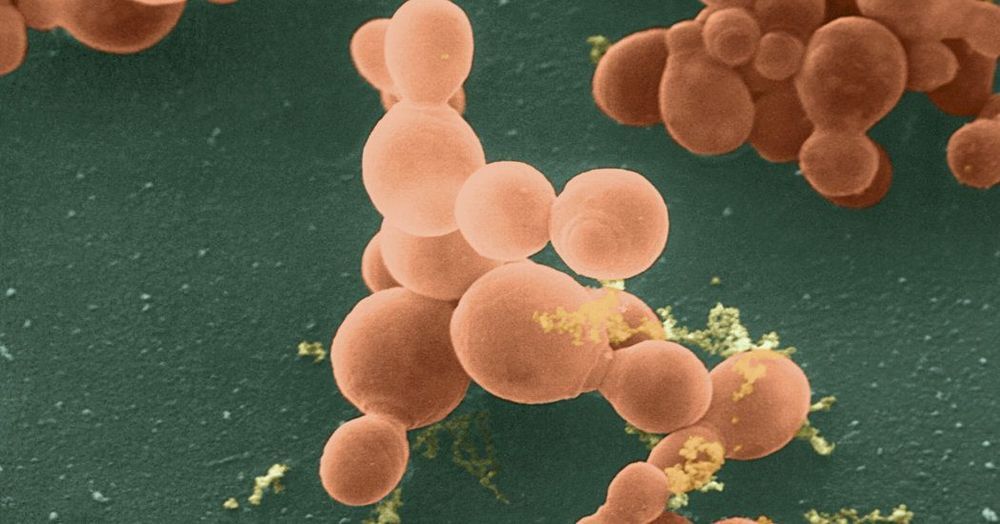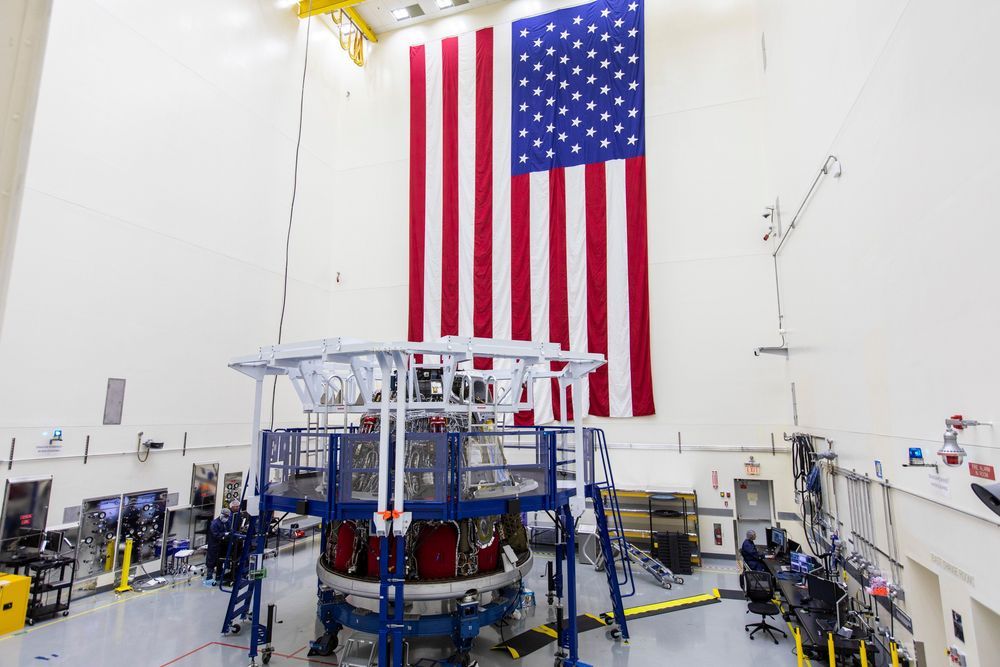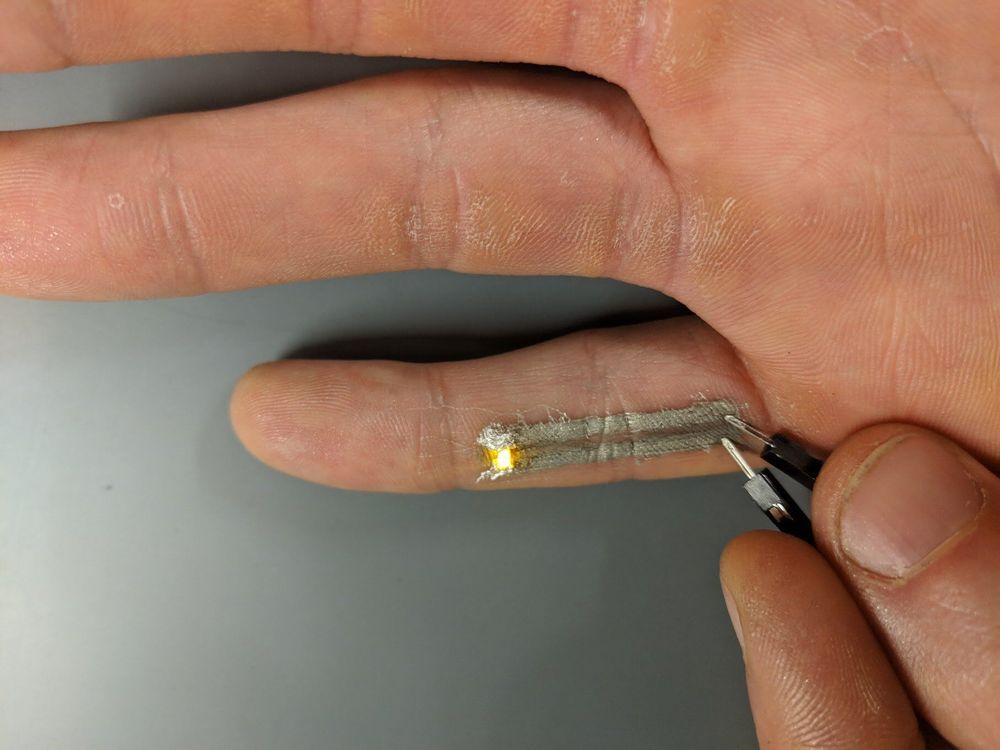Following Elon Musk’s presentation about SpaceX’s Starship rocket, the company posted a 2-minute video showing how it’d refill the system in orbit.
Get the latest international news and world events from around the world.
NASA just shared a fascinating soundtrack of a Mars quake
NASA’s InSight lander has picked up on some interesting rumblings on Mars, and the space agency shared them Tuesday in a blog post.
The spacecraft is equipped with an incredibly sensitive seismometer called the Seismic Experiment for Interior Structure (SEIS), which is designed to listen for marsquakes. By examining how seismic waves move through the planet’s interior, scientists hope to learn more about Mars’ deep inner structure.
InSight placed the seismometer on Mars’ surface in December, but it took until April for the instrument to detect the first likely marsquake. More than 100 events have been detected, and around 21 of them are “strongly considered to be quakes,” NASA says.



SpaceX’s Falcon 9 rocket and Crew Dragon arrive at Cape Canaveral ahead of key test for crew flight
SpaceX’s facility at Cape Canaveral just received a crucial new delivery: a Falcon 9 rocket and Crew Dragon capsule that it will be using for an upcoming in-flight abort test. This test, which will demonstrate the spacecraft and launch system’s ability to abort the launch mid-flight in case of any emergencies, is an important and necessary step before SpaceX can fly Crew Dragon with any actual people on board.
This test will replicate a “worst-case scenario” of sorts, by staging a crew capsule separation at the point of “Max Q,” which is the part of the launch where the rocket is exposed to the most severe atmospheric forces prior to making it to space. At this point during the abort test, the Crew Dragon will show that it can detach from the Falcon 9 rocket and propel itself away to a safe distance in order to protect the astronauts on board.


Aubrey DE GREY, An overview of recent progress in projects of SENS Research Foundation, EHA 2018
The Healthy Life Extension Society: https://heales.org
Follow us on Twitter : https://twitter.com/_LongLongLife_
Follow us on Facebook : https://www.facebook.com/longlonglifedotorg/
Follow us on Linkedin : https://www.linkedin.com/company/22311577
Our Website : http://www.longlonglife.org
The Eurosymposium on Healthy Ageing (EHA) meeting for 3 days in Brussels proclaims the possibility and the imperative of a moonshot project to overcome all age-related diseases within 25 years by tackling aging as their root cause.
The world has already faced the variety of challenges caused by an ageing population and the so called “Silver tsunami”, but Following major discoveries in science and biomedicine in recent years we are now on the edge of a paradigm shift from treatment to prevention and an improvement in healthy longevity. The defeat of aging lies within our collective grasp. It’s time to seize this remarkable opportunity!
Day 2
Rejuvenation strategies
Aubrey de Grey
Loop Quantum Gravity
The inability of scientists to create a theory of quantum gravity arises from long-standing tensions between general relativity and quantum mechanics. There have been few approaches with any success. In this video, Fermilab’s Dr. Don Lincoln explains one of the few promising ideas, called loop quantum gravity.
Further reading:
http://www.einstein-online.info/spotlights/spin_networks.1.html
Full Quantum series: https://www.youtube.com/playlist?list=PLCfRa7MXBEsq5JoO2gU3yWhxTr06SY2De

Printed electronics open way for electrified tattoos and personalized biosensors
Electrical engineers at Duke University have devised a fully print-in-place technique for electronics that is gentle enough to work on delicate surfaces including paper and human skin. The advance could enable technologies such as high-adhesion, embedded electronic tattoos and bandages tricked out with patient-specific biosensors.
The techniques are described in a series of papers published online July 9 in the journal Nanoscale and on October 3 in the journal ACS Nano.
“When people hear the term ‘printed electronics,’ the expectation is that a person loads a substrate and the designs for an electronic circuit into a printer and, some reasonable time later, removes a fully functional electronic circuit,” said Aaron Franklin, the James L. and Elizabeth M. Vincent Associate Professor of Electrical and Computer Engineering at Duke.